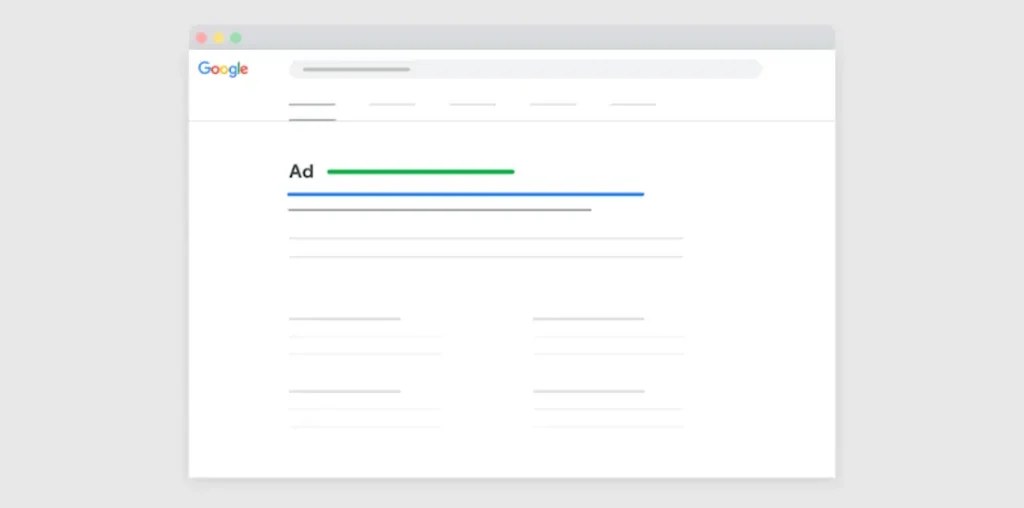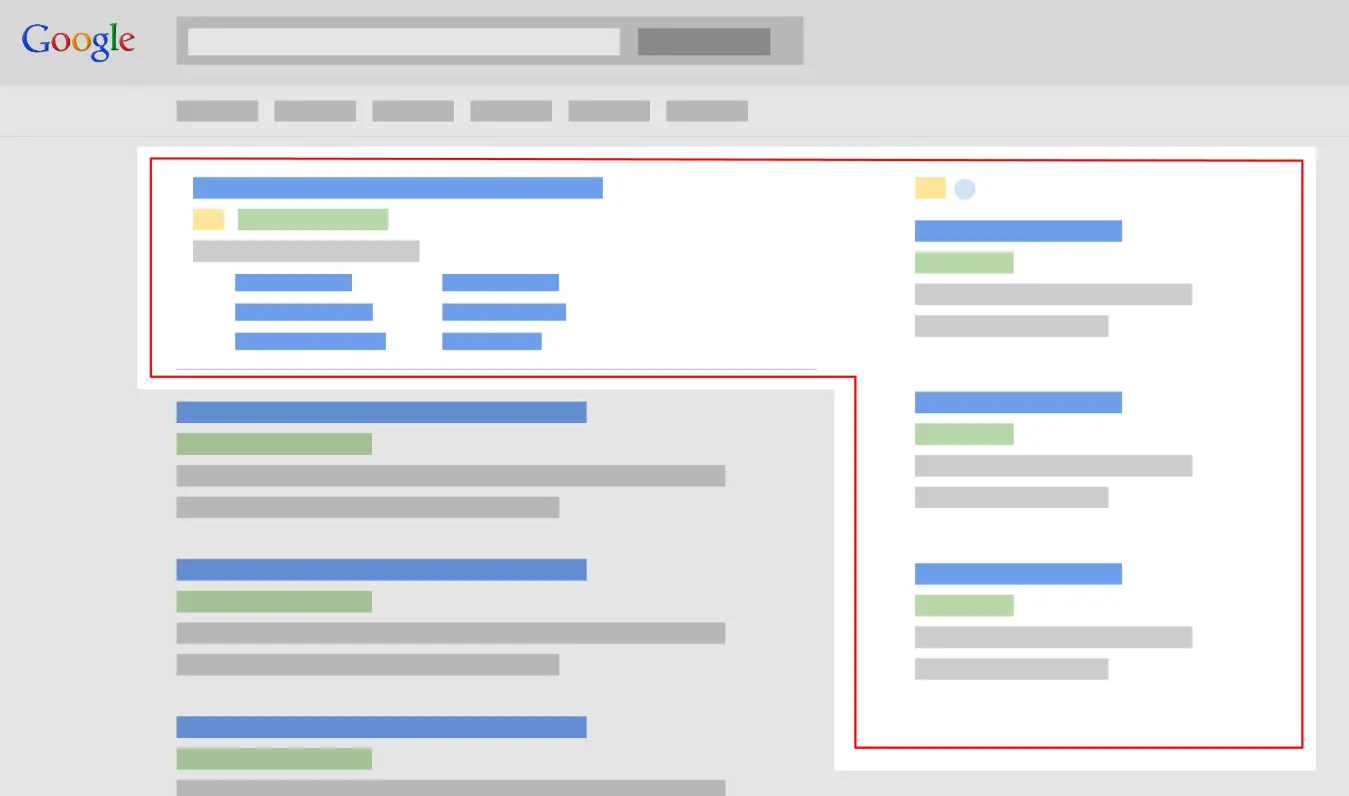Ever typed something into Google and clicked one of those top results with the little “Ad” label? That’s the Google Search Network in action.
It’s not just some mysterious ad placement tool—it’s a powerful way for businesses like yours to show up exactly when someone is searching for what you offer.
Whether you’re trying to sell a product, get people to sign up, or simply raise awareness, the Google Search Network is where high-intent users live. Let’s break it down and show you how to make the most of it.
What is Google Search Network?
Let’s start with the basics. When someone talks about the Google Search Network (GSN), they’re referring to a group of search-related websites and apps where your ads can appear.
This includes Google Search, Google Play, Google Shopping, Google Maps, and even search partners like YouTube and other Google-affiliated platforms.

So when someone types a query into Google—let’s say, “best running shoes for flat feet”—your ad can show up right above the organic results if you’ve set up a Google Search campaign.
The idea is simple: You show up when people are actively looking for what you offer. It’s keyword-driven, highly targeted, and usually results in high intent traffic.
Differences Between Google Search Network and Google Display Network
Okay, here’s where people sometimes get confused. Google Search Network is not the same as Google Display Network (GDN).
- Google Search Network: Ads appear on Google Search and search partners when users type in specific keywords. Think of it as a digital billboard that only shows up when someone is already interested in your product or service.
- Google Display Network: Ads appear on over two million websites, videos, and apps across the internet. These are more passive and are great for brand awareness, remarketing, and visual storytelling.
Think of GSN as someone raising their hand and saying, “Hey, I need this now,” and GDN as you waving a cool ad at someone who might be interested later.
7 Tips to Increase Your CTR on Google Search Network
Want to get more clicks without blowing your budget? Here are five proven ways to boost your CTR on GSN:
1. Nail Your Ad Copy
Your ad copy needs to match search intent. That means speaking directly to what the user is looking for.
Use action words that prompt users to click, like “Shop Now,” “Book Today,” or “Get Free Quote.” Emotional triggers like urgency (“limited time offer”) or exclusivity (“only for subscribers”) can also boost engagement.
The language should be simple yet persuasive. Avoid jargon, and instead, focus on benefits. What problem are you solving? Why should someone choose you over a competitor?
Also, use Google responsive search ads to test multiple headlines and descriptions. Google will automatically show the best-performing combo, helping you find what resonates without constant manual testing.
2. Focus on Keyword Match Types
Choosing the right match type can make or break your CTR. Broad match casts a wide net, sometimes too wide, bringing in traffic that may not convert.
Phrase and exact match offer tighter control, showing your ads only to users whose queries closely align with your keywords. This ensures your ads are more relevant and likely to be clicked.
It’s also essential to build a strong negative keyword list. These are terms you don’t want your ad to appear for—like “free,” “DIY,” or unrelated industries. Regularly check your search terms report to uncover irrelevant triggers and refine your targeting.
3. Optimize Your Landing Page
Your landing page is the destination where clicks turn into customers. It should be consistent with the promise of your ad.
If your ad promotes “50% off running shoes,” that exact offer should be front and center on the page users land on. Consistency builds trust and lowers bounce rates.
Speed and responsiveness are also key. A slow or cluttered page will tank your CTR because users will click away before even reading your offer.
Make sure your site loads fast, is mobile-friendly, and includes a crystal-clear call-to-action like “Add to Cart” or “Schedule Your Free Call.”
4. Use Ad Extensions
Ad extensions give your ads more real estate on the search results page. They allow you to include additional links, features, or contact information right within your ad.
This can make your ad more useful and appealing, especially on mobile where space is limited.
You can use sitelink extensions to guide users to specific parts of your site, like “Pricing,” “Testimonials,” or “About Us.” Callout extensions can highlight your USPs, like “24/7 Support” or “Free Returns.” These extras increase your CTR by making your ad more informative and eye-catching.
5. Monitor & Adjust Based on Data
Running ads without reviewing performance is like sailing without a compass. Keep a close eye on metrics like impressions, CTR, quality score, and conversion rate.
These help you understand which keywords and ad formats are delivering results and which ones need improvement.
Make it a habit to review your search terms, adjust bids, pause underperforming ads, and double down on the ones that work.
Use tools like Google Analytics and Ads’ built-in reporting to gain deeper insights and make data-backed decisions.
6. Leverage Smart Bidding Strategies
Google’s smart bidding strategies like Target CPA, Target ROAS, and Maximize Conversions use real-time signals (location, time of day, device, etc.) to optimize bids for each individual auction.
This removes a lot of the guesswork and helps you get the most from your budget, especially if you’re targeting competitive keywords.
While manual bidding gives you more granular control, smart bidding is ideal when you’re managing multiple campaigns or have limited time to make constant adjustments.
It learns over time and continually improves performance, which can lead to a more efficient spend and higher CTR.
7. Craft Compelling Headlines and Display URLs
Your headline is the first thing users see, so make it count. A great headline should capture attention, speak to the user’s problem, and offer a solution.
Don’t be afraid to include numbers or specific offers like “Save 25% Today” or “Over 10,000 Happy Customers.” Relevance is everything—so echo the search query in your headline when possible.
And don’t forget the display URL. While it doesn’t have to match the actual URL, customizing it with keywords (like /promo or /custom-shoes) reinforces your message. It not only improves CTR but also builds user trust, making them more likely to click and explore your offer.
Conclusion
The Google Search Network is one of the most powerful tools in digital marketing, especially when you want to capture high-intent traffic.
By understanding how it differs from the Display Network and implementing smart strategies, you can turn simple searches into real business results.
Need help setting it up or optimizing your campaigns? Let our Google Ads experts from Sydney guide you every step of the way. Whether you’re launching your first campaign or scaling an existing one, Ostenpowers is here to make your ad budget work smarter, not harder.
Ready to get more clicks? Let’s talk.









